Fire Creek, WV
Introduction
Text-to-speech Audio
Created in 1873, Fire Creek was one of the first coal camps established in the New River Gorge. It was also one of the first sites to process coal into coke using coke ovens. Fire Creek grew steadily through the first two decades of the twentieth century. Its residents were active labor organizers and played a major, though unsuccessful role in an 1880 strike. In contrast to many other towns in the gorge, Fire Creek’s community and residential buildings were frequently built from brick, rather than wood or other less permanent materials. However, this foresight in construction planning did nothing to save Fire Creek from the widespread industrial abandonment of coal as a fuel source following World War II. Fire Creek declined until the post office closed in 1947 followed by the demolition of the rail depot ten years later. The site has since been completely abandoned and only ruins and foundations remain.
Images
The Fire Creek Depot in the early 1900s.

The company store in winter. The depot can be seen in the back left of the photo.
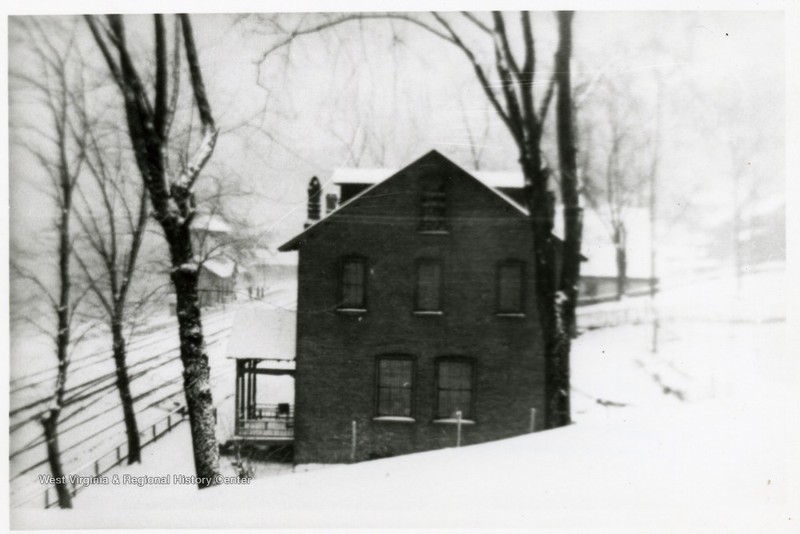
The counter at the company store.
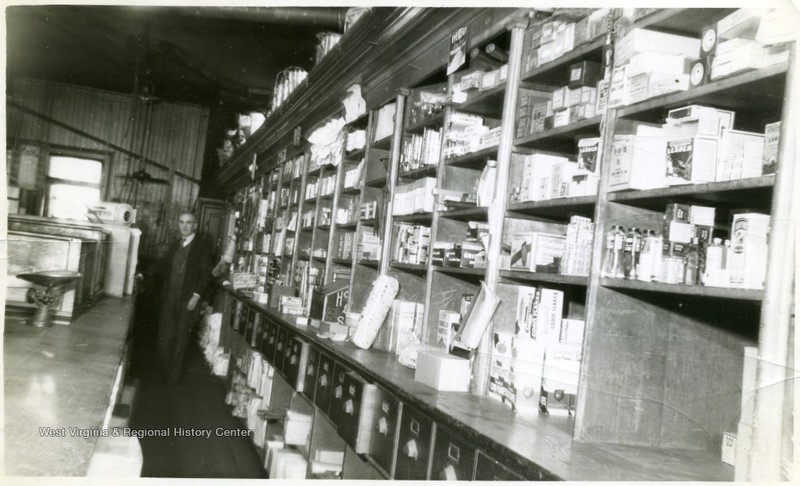
Fire Creek’s tipple.
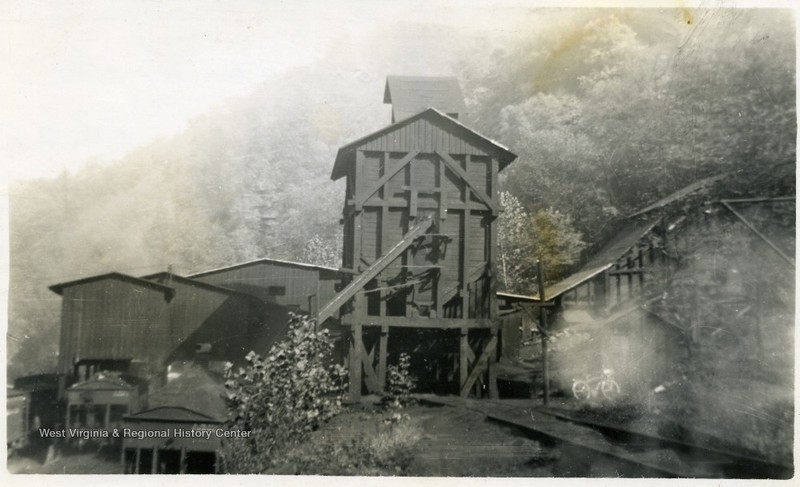
Coke ovens by the railroad.
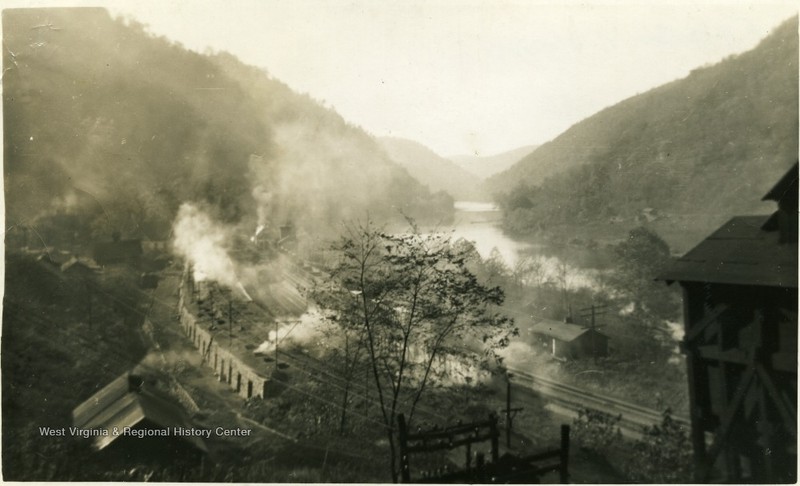
An example of employee housing constructed in town.
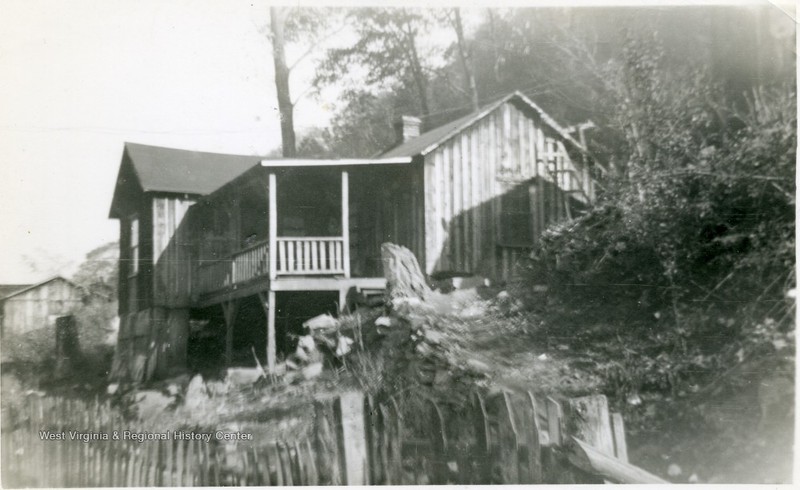
Backstory and Context
Text-to-speech Audio
When it was established in 1873, Fire Creek was only the third coal camp in the New River Gorge, having been predated by Quinnimont and Nuttallburg. Area pioneer Joseph L. Beury, who also had a hand in the other aforementioned mines, was instrumental in founding Fire Creek under the umbrella of the Fire Creek Coal and Coke Company. The site was named for its proximity to the Fire Creek Coal seam just up the hill. The location was chosen primarily because it bordered the main line of the Chesapeake and Ohio (C&O) railroad, and also because the entrance to the mine could be placed close to the camp. The settlement grew quickly and a post office opened by 1877, indicating that the camp had grown into a relatively sizable town.
As one of the first operational mines in the New River Gorge, Fire Creek’s technology and machinery were simultaneously revolutionary and simple. An almost mile-long mine car chain brought coal from deep within the mine to the surface headhouse. At the headhouse, a conveyor belt moved coal from the mine itself down the 1280 foot incline to town. Once in town, the coal was loaded into a large tipple so it could be deposited into rail cars that parked underneath the structure. Some evidence suggests that the conveyor also ran from near the tipple to coke ovens a few hundred yards away. These ovens were some of the earliest, if not the first, coke ovens in the area. The camp opened with seventy beehive style ovens and had expanded to ninety-six by the end of the nineteenth century. Perhaps after being fired, coke could be placed back on the conveyor belt, which was reversed to bring the products to the tipple
The few hundred workers employed at Fire Creek were active in labor rights circles. A local assembly of the Knights of Labor, one of the first in the gorge, was founded in Fire Creek in 1879. Members of this assembly were the only workers from the general geographic area to join in the gorge’s first labor strike in 1880. Fire Creek residents commandeered a C&O train and drove it downriver to Hawks Nest in an attempt to galvanize miners there into action. However, the attempt was unsuccessful and the Fire Creek workers returned home deflated. However, this did not stop residents of Fire Creek from participating in a United Mine Workers of American sponsored strike in 1894, though this event also lacked lasting impact.
Unlike many coal camps in the area which experienced an intense population boom followed by a slow decline, Fire Creek grew steadily until 1919, when it had a population of 260. The town remained roughly this size until the 1940s. Residents were served by a number of facilities in town. In addition to the post office, there was also a train station, company office, and a store for miners to spend the scrip they earned. Around twenty employee houses were built by the Fire Creek Coal and Coke Company with some additional personal residential structures paid for directly by wealthier residents. White residents had segregated and separate church and school facilities while Black residents had to make do with a single combination building. Interestingly, many of the buildings at Fire Creek were constructed using brick. Most towns in the New River Gorge favored wood and other more ephemeral materials, due to the perceived transience of the towns. The use of brick at Fire Creek indicates that the town was thought of as a more permanent location.
Despite the lasting ambitions of the town, Fire Creek suffered following World War II, just as all coal towns in the area did. The demand for coal was subsiding and natural resources in the area were drying up. After the Fire Creek Coal and Coke Company sold their facilities in 1945, Fire Creek changed hands a number of times but the population continued to fall rapidly. The closure of the post office in 1947 was an ominous sign for the town and the demolition of the basically defunct train depot in 1957 sealed the area’s fate. The few remaining residents abandoned the town and by the 1970s the site was completely overgrown. Remains of the tipple, conveyor, and coke ovens can still be seen, but the buildings themselves have been reduced to foundations.
Sources
"Death of Pioneer Coal Operator; Col. Jos. L. Beury Passes Away." Bluefield Daily Telegraph (Bluefield) June 4th 1903.
Joseph Beury, National Park Service. January 26th 2021. Accessed June 14th 2021. https://www.nps.gov/neri/learn/historyculture/buery.htm.
Scenes from the New River Gorge, Coal Camp USA. Accessed June 15th 2021. http://www.coalcampusa.com/sowv/river/misc/misc.htm.
Stahlgren, Lori et al. Historical Archaeological Survey: New River Gorge National River and Gauley River National Recreation Area. Lexington, KY. Kentucky Archaeological Survey, 2007.
National Park Service. Accessed June 15th, 2021.
“Fire Creek Coal and Coke Company Store in Winter.” Circa 1932. West Virginia & Regional History Center. Accessed June 15th, 2021. https://wvhistoryonview.org/catalog/003970.
“Fire Creek Coal and Coke Company Store Stock.” 1936. West Virginia & Regional History Center. Accessed June 15th, 2021. https://wvhistoryonview.org/catalog/003978.
“Fire Creek Coal and Coke Company Tipple and Slack Bin.” Circa 1936. West Virginia & Regional History Center. Accessed June 15th, 2021. https://wvhistoryonview.org/catalog/003985.
“Fire Creek Coal and Coke Company Coke Ovens. 1936. West Virginia & Regional History Center. Accessed June 15th, 2021. https://wvhistoryonview.org/catalog/003995.
“Fire Creek Coal and Coke Company Dwelling.” Circa 1936. West Virginia & Regional History Center. Accessed June 15th, 2021. https://wvhistoryonview.org/catalog/004014.
